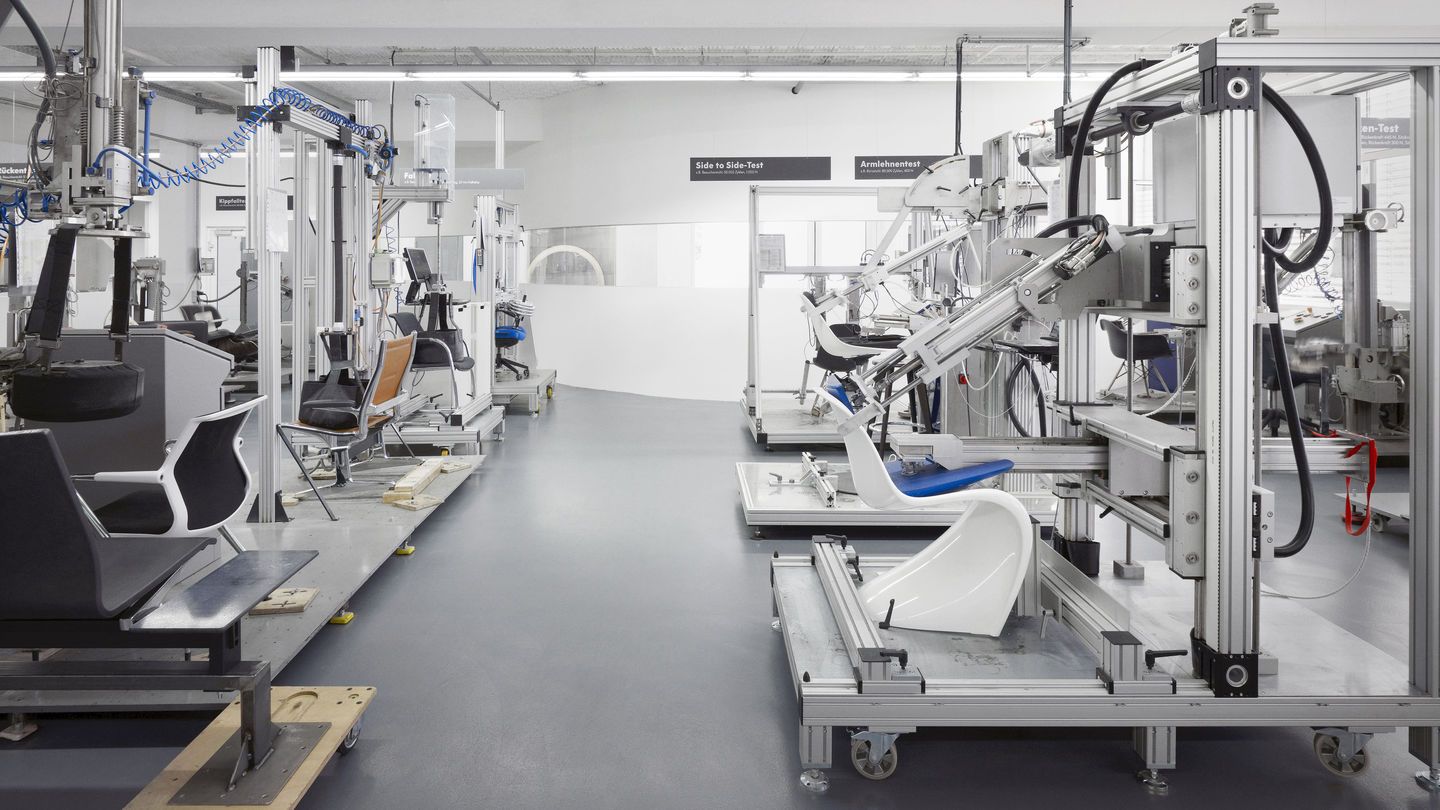Mapple
Black Ash
Isamu Noguchi
 Isamu Noguchi was born in Los Angeles in 1904 to Japanese poet Yone Noguchi and American writer Leonie Gilmore. He studied at Columbia University and Leonardo da Vinci Art School.
Isamu Noguchi was born in Los Angeles in 1904 to Japanese poet Yone Noguchi and American writer Leonie Gilmore. He studied at Columbia University and Leonardo da Vinci Art School.After establishing his first studio, he received a Guggenheim Fellowship in 1927. He worked as an assistant to Constantin Brancusi in Paris and had his first solo exhibition in New York. He then studied brush painting in China before traveling to Japan to work with clay under the ceramist Uno Jinmatsu.
Isamu Noguchi believed that a sculptor's job was to create space, to give it order and meaning, and that art should "disappear" into that space, or become part of the environment. Perhaps his background (his father was a Japanese poet, his mother a Scottish-American writer) fostered a perspective that saw the world as "one thing."
Isamu Noguchi's unique and universal talent is not limited to his sculptures, but can be seen in a wide range of works, including stage sets, furniture, lighting, interiors, plazas and gardens. His works are characterized by forms reminiscent of natural forms, and have influenced the history of design from the 1950s to the present day. "My father, Yone Noguchi, was a Japanese poet who was like a bridge between the East and the West through poetry. I would like to do the same thing, not through poetry, but through sculpture and other figurative works," he wrote in his Guggenheim Fellowship application.
Isamu Noguchi passed away in New York in 1988, bringing to a close a remarkable career that spanned six decades and left behind an extraordinary legacy for someone whose first art teacher told him at the age of 15 that he "was not cut out to be a sculptor."
Vitra develops products and environments
Vitra elevates the quality of homes, offices and public spaces through the power of design. Founded in 1950 and since.

Product and environmental developmentRespect for the environment is expressed in every aspect of Vitra's activities: in the way we develop and manufacture our products, the way we source our raw materials and the way we organize our supply chains. New discoveries lead to further developments. Vitra believes that the environment "shapes" how we think and feel. With the power of design, we work every day to make the environment better.
In developing products that can be used for as long as possible , we avoid short-term trends and eliminate unnecessary elements. If the design, manufacturing method, and materials are not all in place, the product will not last.

Materials Vitra complies with official certification programs for sustainable and responsible sourcing and is committed to using materials that meet human rights and environmental standards. Products and materials are regularly analysed and assessed by external organisations. 46% of Vitra's suppliers are German and 96% are European. As a globally active company, we produce our products in the most resource-efficient way possible and deliver them to our customers all over the world.
Cultural Activities <br>Vitra is also active in the cultural sector beyond its business activities. It invests a large portion of its profits in preserving cultural heritage in design and architecture, and supports various institutions around the world, such as the Eames Foundation, which preserves the Eames House in Pacific Palisades, California, the Alvar Aalto Foundation in Finland, and the Barragan Foundation in Switzerland.
Furthermore, the Vitra Campus, located on a vast site in Weil am Rhein on the Swiss-German border, is a one-of-a-kind experimental space for architecture and design, and a place where architecture, design and art are open to everyone on an equal footing. The ongoing development of the Vitra Campus is also a sign of our mutual, long-term relationship with the region of Weil am Rhein.







































































